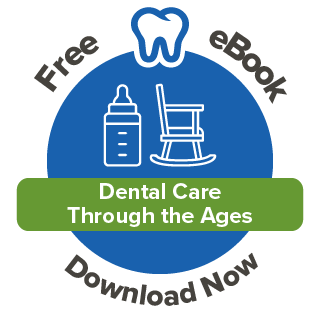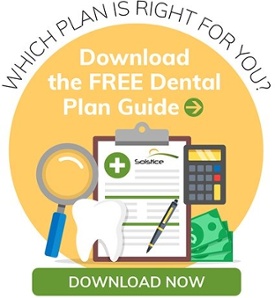By Deborah Pinnock on Apr 2, 2024 @ 11:25 AM
The truth is that most people don’t understand health insurance. To add to that, they don’t know the many insurance terms that may make sense to carriers and providers that seem like a foreign language. Two phrases that may confuse you are “waiting period” and “effective date”. Not understanding them makes it hard to pick the right plans for you and your family. So, let’s drill down to understand how a dental insurance waiting period works versus effective dates.
What is a waiting period?
A dental insurance waiting period is the amount of time that you must wait after buying your dental insurance before you can access your full coverage. During this time, your carrier will only pay for certain procedures. This period can last from a couple of months to an entire year. Not all dental insurance plans include a waiting period, which allows you to quickly receive the care and coverage you need. However, many do. So, it's important that you read your policy carefully or ask questions to determine if you can access all your coverage immediately. If not, how long before you can?
Which dental procedures or categories are usually impacted by a waiting period?
Dental insurance procedures fall into three main categories: preventive, basic and major. Procedures that fall into each category may vary per plan and per insurance company. What you will find is that you can receive full coverage for some categories of services from the very moment your plan becomes effective. For other categories, getting coverage may take a while.
Here’s a basic description of the categories:
Preventive care, such as exams, x-rays and routine cleanings are typically not subject to a waiting period. Therefore, you can start receiving coverage as soon as your policy becomes effective. Additionally, these services are usually covered at a 100 percent.
Basic services can include extractions, root canals, fillings and treatment for gum disease. These may be subject to a waiting period. So, if you know you need these services, be sure to check your policy to see if you must wait for a time before you can get coverage.
Major services are generally more involved, more expensive and most likely to be subject to a waiting period. These can go from a few months up to 12 months. So, if you know that you or the members of your family may need a bridge, crowns, dentures or inlays, you want to review your plan documents or ask when you can start getting coverage for these.
An Effective Date
The effective date is the date that your insurance policy goes into effect. This date is typically the first day of the month following your completed application and payment. For example, if you enroll or submit your plan changes by December 15, 2020, your effective date of coverage would be January 1, 2021. This may be different per plan and per carrier.
While you have more choices than you have ever had before, selecting the right dental plan for you and your family is far from simple. It can be challenging to understand insurance in general, including the common phrases and terms they use. But don’t lose heart! The solution to this problem is found in an old proverb, which says, “The best way to eat an elephant is one bite at a time.” The “eating an elephant” part aside, at the heart of this analogy is the idea that the best way to accomplish a big goal is breaking it up into smaller tasks. In the same way, you will begin to understand insurance if you take it one phrase or word at a time.





comments